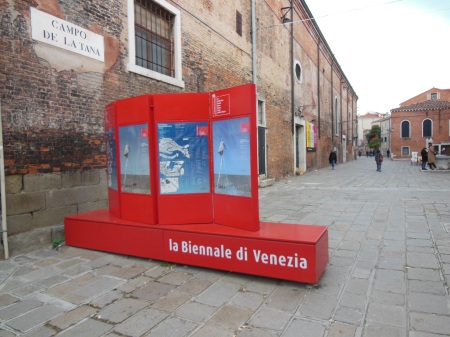Social Design Insights is a podcast of conversations with leading designers who discuss innovative projects and practices that use design to address pressing social justice issues.
Eric Cesal, former director at Architecture for Humanity and author of “Down Detour Road, An Architect in Search of Practice,” has joined forces with the Curry Stone Foundation, best known by public interest designers for their highly sought after Curry Stone Design Prize, as host of the Social Design Insights Podcast. Episodes are half an hour and focus on a specific topic, currently “Engaging + Reframing the ‘Refugee’ Crisis”. I cannot wait to hear more!
Listen now to Episode 110 | Cities of the Future, Cities of the Past with Kilian Kleinschmidt, a humanitarian expert who has worked with UNHCR and as Director of one of the largest Syrian refugee camps in Jordan.














